The 7 Artificial Scarcity Creating Methods that Will Sky Rocket Your Sales
Have you ever wondered sometimes is an offer really for a “limited time only,” or “only 2 left in stock”, a tool being utilized to push users to buy your products? In an age of mass manufacturing process and large availability of almost everything, it’s hard to constantly on the brink of running out of products. That’s why artificial scarcity is a new term for marketing tricks.
The term derives from a principle-based in decades of psychological research, a cultural trope of “you want what you can’t have.” That principle, scarcity, is amazingly powerful in persuasion, marketing, and conversion optimization if done right. In case what you’re vending is scarce, then it is not artificial scarcity. If it is easy to get alternatives to your product, then scarcity is not doing much for you as the customers will be able to buy an equivalent product. On the other hand, when you overuse scarcity like a gimmick to sell more, then the trust with your customers will not be ensured.
So, the problem is, if you don’t do it right, then artificial scarcity can be pretty meaningless. You should know clearly about it and your company’s situation and market to decide which ways to follow. Are you still wondering whether artificial scarcity can or should play a role in your marketing? Here is the article that you need for today: The 7 Artificial Scarcity Creating Methods that Will Sky Rocket Your Sales.
What is Artificial Scarcity?
First of all, scarcity is the phenomenon where, or when a product or service is limited in availability (or perceived as being limited) to make that item more appealing. In a traditional economic way, when there is less stock supplied and more demand goes up in prices, and even when you are on an intuitive level. In technical terms, according to Wikipedia, artificial scarcity is the scarcity of items that exist even though either the technology for production or the sharing capacity exists to create a theoretically limitless or at least greater quantity of production than currently exists.
To be more practical, we are intrigued when we think can not have an item. Artificial scarcity will then shift our attention from the loss of money that we would be exchanged for an item. For example, you can turn the thought from “I’m not sure I want to spend $100 right now…” to the potential loss of that item “I don’t want to miss owning these boots because only 100 pairs are being made in that color”.

So it is a psychological trigger, so it is easy to understand from an intuitive level. I have experienced these tactics as consumers, and I have to admit that it is still a sort of work even when you know it is still happening. From the marketer’s point of view, we have to ask: How can refusing your customers something benefit you? Is this a strategy you should pay attention to, or will it backfire and create upset customers? Also, what are the actual mechanisms behind this gimmick, and why does it work?
Read more:
- 20 Effective Focus Group Questions
- 13 Best Elements, Types of Marketing Collateral
- What is Market Orientation? Pros, Cons
- What is Marketing Audit?
Why Artificial Scarcity Works
There was one of the most well-known scarcity studies, conducted by Stephen Worchel in 1975. He and his colleagues provided subjects cookies in a jar. There are 10 cookies in a jar, and the other jar had only 2 cookies. Afterward, they observed that subjects preferred the cookies from the jar with two in it, though the cookies in both jars were completely the same.
Since then, there were multiple types of research conducted to support the efficacy of scarcity in the marketing world. For instance, a 2015 research paper noted: “When something is rare, it is true if you are talking about precious gemstones or a pristine edition of the first issue of Action Comics (which introduced Superman). And psychologists have long known that if you can make a consumer good, more desirable by making it appear rare.”
For instance, there was a study when women were shown a photograph of their potential ideal man. Half the women were told the guy was single, and the other half were told he was in a relationship. Finally, the result is that 59 percent said they would be interested in chasing the single guy, but there was 90 percent of them thought he was not. From the above example, scarcity is strongly predicated on the idea that others want the product or service so that they will be more likely to get in on the goods, and they think they will have to act immediately. This proved that if something is rare, we tend to want it more.
Even Aristotle noted the pleasure of scarcity: “That is why what comes to us only at long intervals is pleasant, whether it be a person or a thing; for it is a change from what we had before, and, besides, what comes only at long intervals has the value of rarity.”

So, scarcity is a non-linear process. As something becomes more or less rare, the desire for it does not adjust correspondingly. If everything is rare, then rarity itself will lose its value, and people will get too used to it. There was a study conducted by retail sales, which showed that if there are more than roughly 30 percent of products attached “sale” sticker on them, the effectiveness of this method will go down. Human behavior will be more likely to buy something if we are informed that it is the very last one or it is a special deal which will soon expire. Finally, if they believe that they are going to miss out on something, they will quickly act to get that item.
However, artificial scarcity doesn’t always work. Four studies show scarcity has a stronger positive effect on product evaluation when:
- You have low salience of persuasion knowledge
- Your company’s frequency of exposure to rarity claims is low
- You have high decision reversibility
- The company’s cognitive load is high
7 Ways to Use Artificial Scarcity in Marketing
Two factors can be limited to artificially create rarity: Quantity and Time. When you have little of these factors, you might fear missing out on something good; your prospects will get the feel of intending to act immediately, even without you pressuring them outright. So, I will provide you seven ways to use Artificial Scarcity marketing, which is, at the same time, a list of successful scarcity examples, including analyzing parts of why they work so well.
1. Time-limited Offers
Putting a time limit on your offer was proved to be an effective method of artificial scarcity in marketing, and it can be found everywhere. Nothing makes people feel the most urgent comparing to have a big countdown timer that tells “this is how much time you have to decide to make a purchase”! You will succeed in putting pressure on people to act immediately when you put a time-limit on your offer. If you do it well, this can massively enhance your sales and conversion rates because customers were hit right in their prospects in the right direction.
People have used thousands of ways to utilize this, and here are some examples from famous brands that have successfully use Time-limited offers trick:
- Omniconvert Webinar:
Omniconvert, originally Marketizator, had added a floating bar that is set to count down when they launched their webinar. The bar will expand when you hover your mouse over it to add sign-up options. If you are fascinated by this FOMO, you will be more likely to make the decision-making process as straightforward and as fast as possible. We all seem to act more cravingly when you see an immediate result to release us from the underlying fear. In this case, with little text, but one-click sign-ups with active language can do a good job.
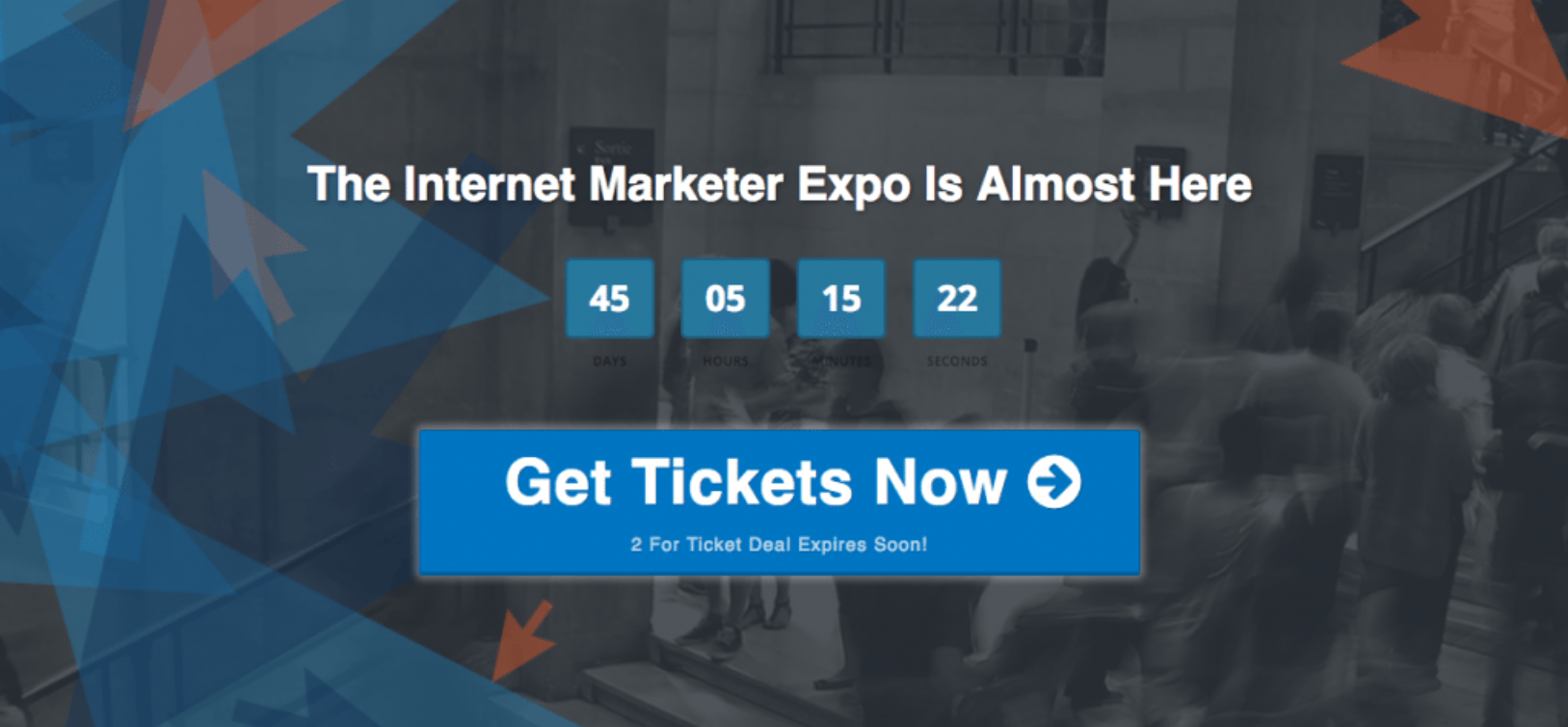
- Best of the Best:
Best of the Best is a car competition site, which was held simply. Specifically, they have new and available offers every day for you can select from, and you can decide to purchase as many tickets you would like to make a try and predict some predetermined value. The one that wins the car is who can guess the closest number.
In this case, the brand has used a counter up to show the counting of all the time when the old offer is closing, and the new one is up, and they made a decision to test if embedding a counter only three days before the competition end that will promote their sales. In the end, it turns out that inserting a counter can push the JEEP’s sale by 5% compared to the control sample, which is considered to be huge in the value.
2. Daily and Weekly Deals
On a smaller scale, this daily and weekly deals can be done with the same trick as time-limited offers by creating a wide range of small scarcity events. Time limiting tactic can be an amazingly effective even if it’s used regularly, but you must ensure the honesty in its urgency and scarcity.
Additionally, the aggressiveness of the scarcity campaign that you are making has to match the frequency and value that you offered in your deals, which is obvious that daily or weekly deals should be less forceful than the one-of-a-kind countdown deals. Here are some typical examples that you should take a look to understand this technique:
- TigerDirect.com:
TigerDirect is the first example that I want to give out as their daily deals game was perfectly carried out. There was a huge counter that informs you of the time when the daily deal ends, together with catchy large red numbers to reveal the discounted price.
In addition to that, it has shown how much you can save the percentage-wise by taking the deal. Two main reasons make the tactic work great: the great value of the deal when most of the products are 40 to 60 percent off, and the time for the deal is not pushy. So, no one forces you to take the deal when it is simply there for you to take it with a friendlier message in the counter, which only states the moment when the deal ends, and urgency is only there.
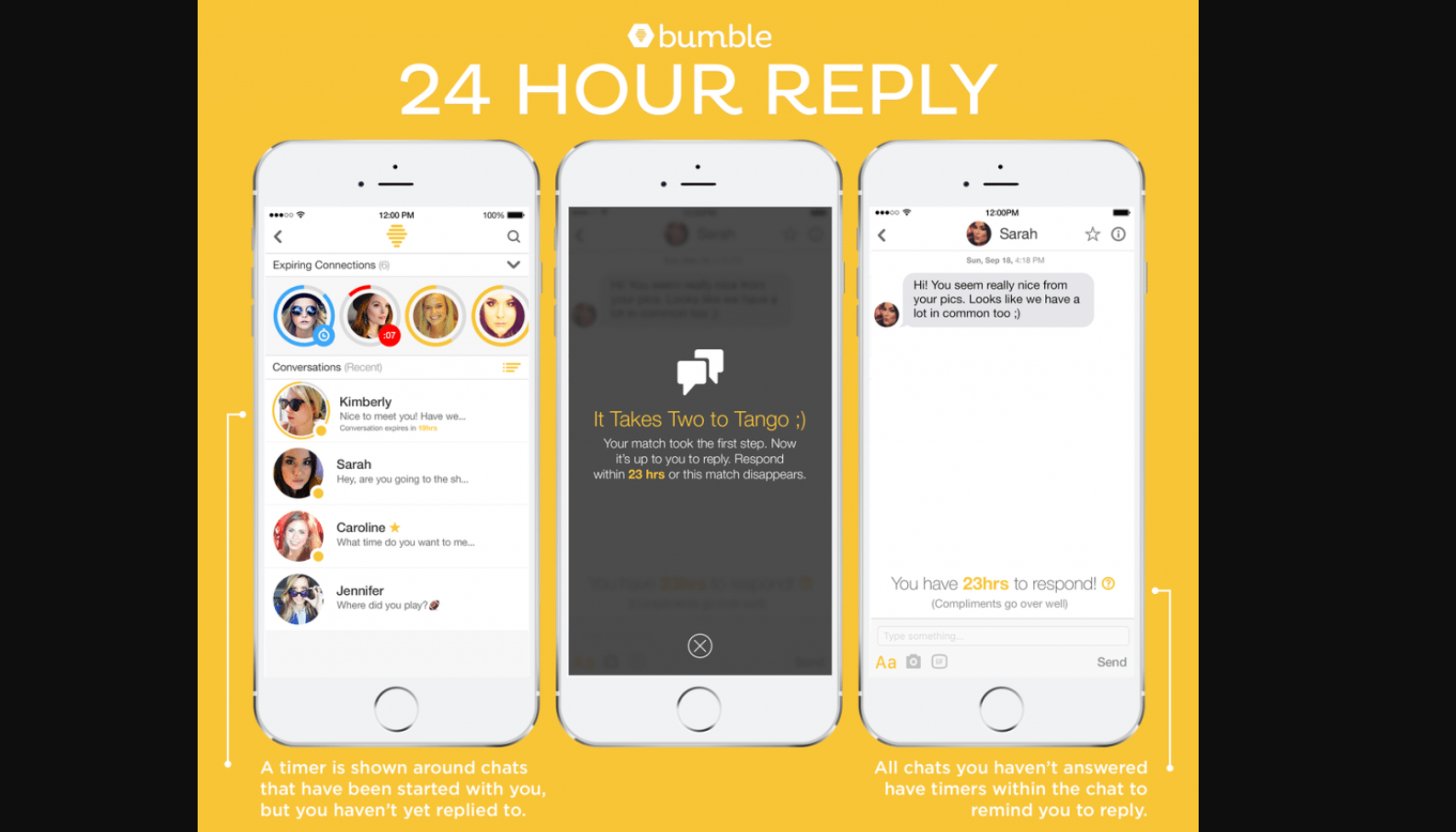
- Bumble
Apart from sales, urgency tactics can be used in lots of fields. There is a dating app named Bumble that encouraged people to act by using the counter. Detailedly, they inserted a 24-hour reply deadline when the match is made. In heterosexual matches, the woman would make the first move and is given 24hrs to contact a guy that attracts her, and then the man was given 24hrs to reply. Bumble wants to give out is the message: “life is short” philosophy and urgency will help people get out of their comfort zone when it comes to initiating contact.
3. Holiday Specials
Showing counters and generating a bit of panic can work great, but it can create a limit intolerance. If these marketing tactics are used too often, people can get fed up or desensitized. So, you need some more subtle ways to create urgency in scarcity more, especially in case you want to have a more consistent growing number over a defined period. That’s why holidays and yearly events can be awesome to generate tailored, targeted products to boost your revenue remarkably.
- Starbucks:
Speaking to this type of marketing, Starbucks is a master. You can see its seasonal offer is always there, like the pumpkin spice lattes or a holiday special like Christmas Frappuccinos, they always create limiting the availability by increasing the value. What is more, strong messaging in Starbucks copy is used to emphasize that the offer will not be there forever.
For example, they have created a powerful message, like “Enjoy it while it lasts” to point out that there is something pleasant and you can experience right now. After all, it is what you want to enjoy, don’t you? This technique can work great when these drinks are usually too much of a hassle to replicate at home when the scarcity is real, and you will be likely to fear missing out on it.

- Chubbies Shorts:
Chubbies uses the technique on both patriotism and festivity of the 4th of July by creating special deals and giveaways annually, even in less traditional holidays. Chubbies Shorts has made leverage scarcity with a bit of creativity to provide some special thematic goods such as star-spangled banner shorts for pre-sale with guaranteed shipping, for example. Not only targeted products, but they have also taken advantage of the 4th of July to push the sales of their usual stock by holding hourly giveaways with every purchase.
4. Low Availability Products
When we decide to create time-limits to create urgency, we also implicitly limit our stock. Finally, there are only some units that would be sold in a given timeframe, which is obvious that the premise can work the other way around. If we limit our stocks, then we have indirectly restricted the timeframe when the stock is available. Hence, scarcity will generate urgency and vice-versa. I have 4 examples to show you in low availability product technique:
- ConversionXL
This method is particularly easy and logical in used when there are physical constraints to the number of items that you can sell. ConversionXL is a marketing agency that concentrates on conversions and organizes a conference every year with a limited number of the tickets. Whenever the event draws near, they will help up a counter with several available tickets to serving users with the same purpose of both social proof and urgency triggers.
- Only XX Left
The brand utilized the prototypical “hurry while the stocks last!” principle to have only a limited number of products to generates urgency in the same manner to a countdown timer. There is also an added benefit that people will have a feeling of racing others to get the item, which makes them tend to create internal countdown timers in themselves that are often much shorter than the ones you would put. Additionally, depending on your message, you will also make these customers into the need for uniqueness, or conformity.
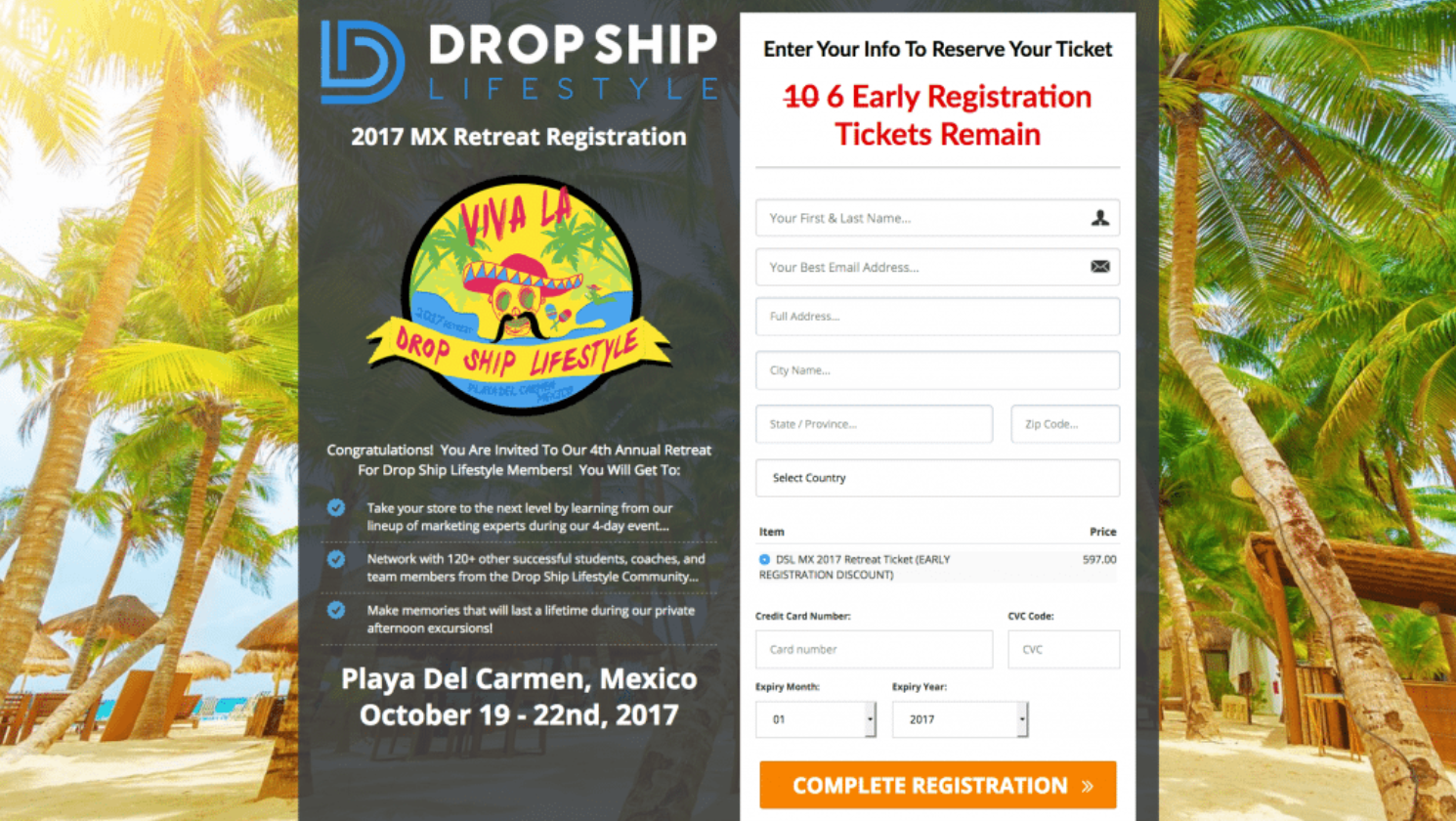
- The Next Web
Next, Web utilized a pretty common pricing model to have a preset number of tickets for their conference were sold at one value, and they come back later to a batch that tickets were sold at a higher price. So, instead of having one stock counter for your items, why not have three?
Plus, The Next Web also created an new sense of urgency by adding phrases like “the last call” in their ads as well. When customers see a significant difference in the price, they will have higher demand, which can be a good promotional platform for their conference. Speaking in a theoretical way, you can use this model with more than two steps, but make sure you have a good reason.
- Threadless
This model example shows a live counter of the remaining stock for all of their limited runs. This method will show users how many articles are remaining and how fast they are being sold. By using this indicator, Threadless can create a hybrid between the stocks counter and a countdown timer, but that doesn’t necessarily make it more effective.
Finally, the company has eradicated the self-imagined countdown timer, to have an honest approach to have a more optimistic impact on your sales, based on the target audience. When you have a real reason to limit the numbers, these methods can work best for you, especially when you can limit digital products.
5. Exclusive Groups
Exclusive clubs have always existed since a long time ago, and the need to be a part of that group or a tribe should be taken care of. If brands create an item or a service that is invite-based, then it can create both a feeling of rarity and exclusiveness in these people. Nowadays, this method can be done in a particularly easy way, as people need to fill in online sign up forms, which lessen hassle to enhance this approach’s effectiveness.
- Spotify
Spotify has decided to limit the influx of new users when they first came to the USA. They introduced a limited number of invitations for their free service and have a waiting list for interested people. Of course, you can decide to pay for their unlimited or premium offers and skip the waiting process. Then, Spotify has gained a lot of profits with this technique as it has already popular in Europe, and the hype was big enough.
What is more, there are about 50 million paid users on Spotify, partly because of this wait-skipping practice when people wanted to be a part of an exclusive group. Meanwhile, they did not want to fall behind on what everyone else was doing.

- SocialCam
SocialCam is a video sharing service founded in 2011, and it has gained over a million users within 4 months. Justin Kan, the founder of this company, said that they got success thanks to their closed invitation process that started the ball rolling. They started with a solid group of users, which are believed to spread the app further, and they did have a paid off strategy when SocialCam was acquired by AutoDesk for $60 million two years later.
- The 11K Club
What is a true social experiment! The 11k club has gone to show how far people would go not to skip something with a simple premise: “11k club offers 11,000 membership spots to gain one exceptional benefit”. They didn’t have to put any available further information to non-members, even what the club is for. In case you want to find out more, you will have to sign up. Then, the project did it worked when there were far more than 11,000 applications for membership sent to the club.
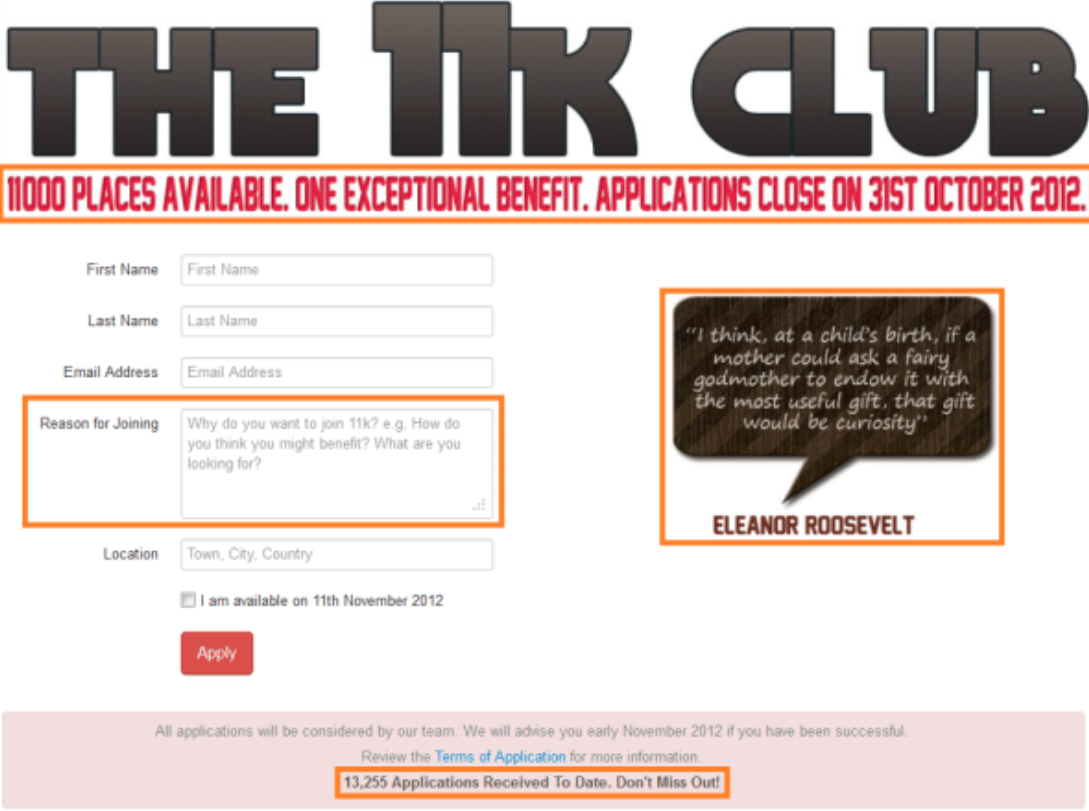
6. Limited Editions
Apart from high demand, scarcity can be convinced by low numbers in the first place. With special and scarce products, you can have a very attractive way to appeal to people so that you can stand out or show loyalty to a specific franchise, brand, or a movement. I have three significant examples to show you here:
- Mondo Tees
Mondo Tess is a Texas-based company, which has its whole business founded around the scarcity principle. Specifically, this company manufacture limited editions of movie posters created by contemporary artists, and their goods are highly desired by movie enthusiasts. Nevertheless, their sellings of 400-500 prints are considered extreme to push the Mondo Tees’ popularity. The sale will be announced earlier via an email newsletter; if you want to know the exact time on that day, you still have to follow their Twitter.
As a result, this can generate an incredible feeling of competition and exclusivity, when most of the company’s stock goes out within minutes, which makes their model very effective.
- HAiK and Kaibosh Collaboration
Two Norwegian fashion companies, HAiK and Kaibosh, collaborated to make a special limited edition of changeable sunglasses. This concept has been made with an interesting idea, and of course, people were all impressed by its uniqueness. The collaboration has given the impression that this product needs to be made with more people and more effort while making.

- Kanye West ft Adidas
This is absolutely a perfect example of how limited editions and scarcity can drive sales when these running shoes were all sold out on the first day since it is launched. The price of this product though they were priced at 200 dollars, and most of them were sold for pre-ordered people. Less than 1 hour, the US stock online was sold out. This case went well with Adidas, even when the shoes were resold over 5 times higher on eBay, but there were still many users willing to pay for these items.
7. Preorders
Crowdfunding is a method, which is partially based on generating urgency around its campaign. To be more specific, when mostly all crowdfunded projects enable the owner to pledge after the funding deadline. In these cases, they set up counters and deadlines on these platforms to create urgency around customers. If you see a life cycle of a classic crowdfunding campaign, you will find out that most of the pledges only come several days into the campaign. In order to help you understand more, here are 3 significant examples of this technique:
- Hush Smart Earplugs
In this case of Kickstarter, there were several layers that provided different discounts. Especially, there were the early bird discounts that were proved to work by emphasizing the prestige and uniqueness that comes from purchasing your product. Also, the discounts were set depending on the number of headphones that you would like to buy, but there are still some tiers that were not allowed to a certain number of pledges.
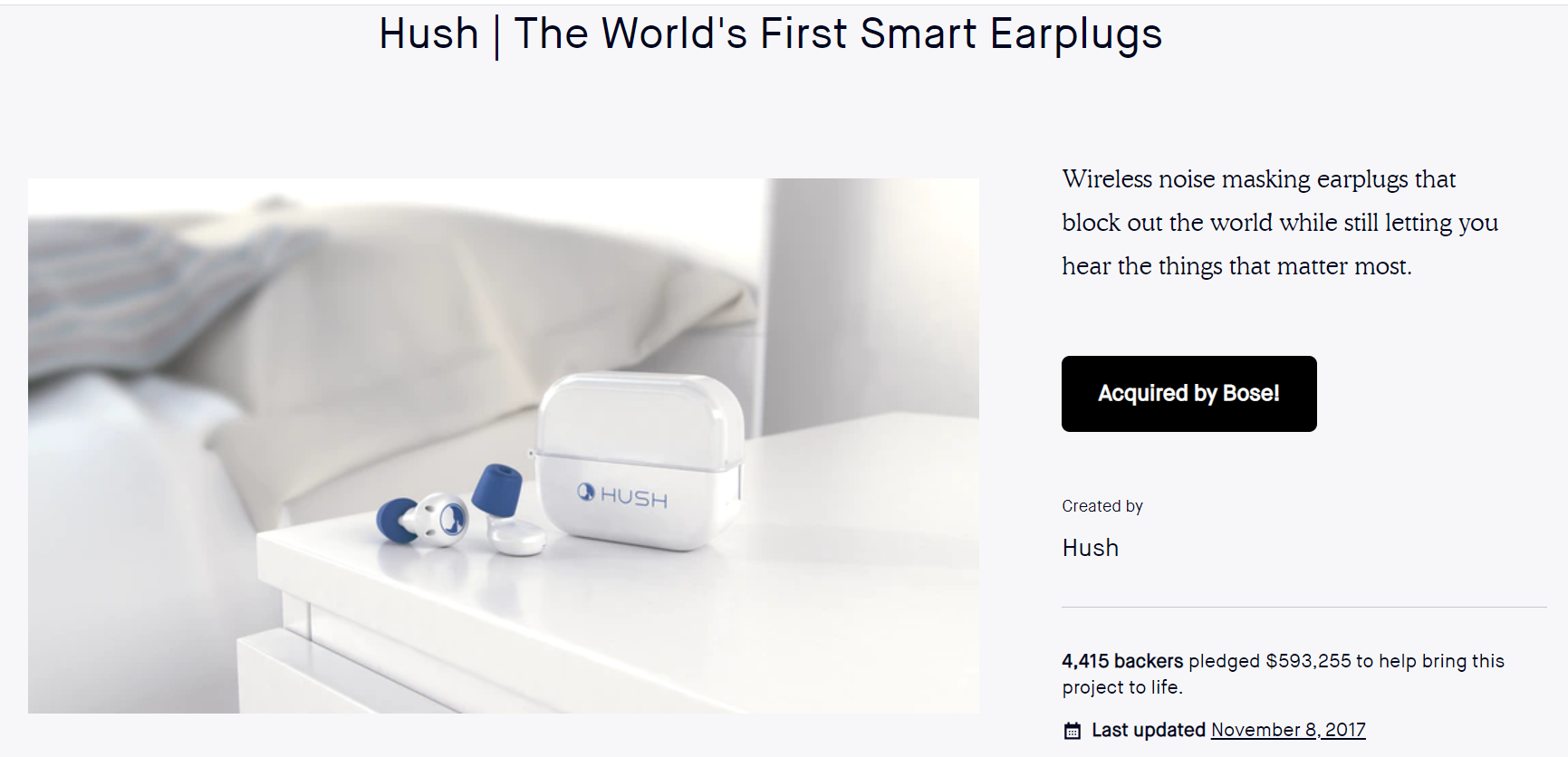
- Memobottle
Apart from having traditional pledge levels that provide many benefits to their backers, Memobottle has added a special benefit for when there were some milestones on their Kickstarter project to been reached. Since this product attracts some environmentally conscious people with the concentration on their whole campaign, which is staying making a positive impact on the environment and style.
Specifically, every reusable bottle will be shipped with a special limited edition green cap if it can raise 250 000 dollars in its campaign. Though this might not look like a strong motivation, it was still restricted to these pre-ordered bottles and symbolized the eco-friendliness of their backers.
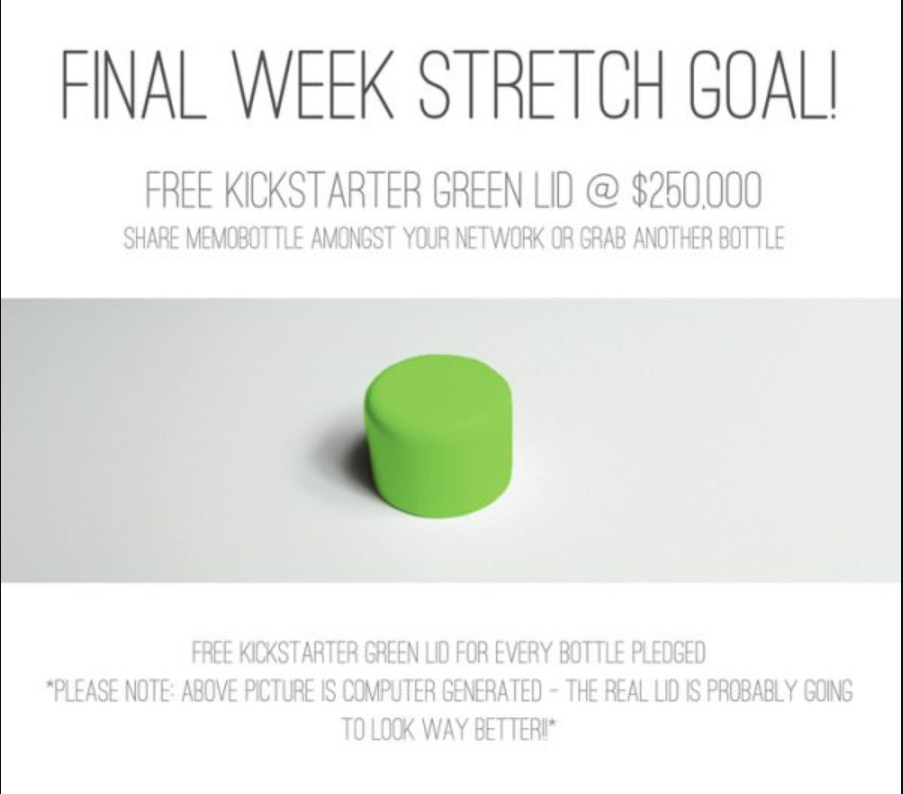
- eBay
Auctions are usually set based on the scarcity and urgency principles. This is when rare or original products are auctioned, and open the chance to purchase them is very small. That is why auctions can still be a great tool to push your sales and customer engagement. eBay has taken actions to add a counter that shows the time when the product is available and the number of bids that supply as yet another social proof.
Related posts:
- What is Green Marketing?
- The importance of Digital Marketing Analytics to Business!
- Pragmatic Marketing: Definition, Objectives, Rules, Examples
- What is Channel Marketing?
- What is Ambush Marketing?
Conclusion
Overall, marketing is, in essence, applied psychology, and it looks into people’s weaknesses to gain profit for the company. Thankfully, there are a few ways to use avoidance of pain in marketing, and scarcity marketing is just a tool to help you reach your goal. In other words, scarcity is a powerful tool that can skyrocket your sales, conversions, and overall customer engagement. We have all heard or felt “the grass is greener on the other side” at some point in our lives. So, that’s what scarcity marketing is.
This technique can affect on the message and framing of your offers amd the category of a product you should create for your campaign. However, remember that scarcity marketing can backfire if it is dishonest or too aggressive.
So, that is the end of my article The 7 Artificial Scarcity Creating Methods that Will Skyrocket Your Sales today. I hope you will gain something here to apply to build a strategic plan for your business. If you still find trouble getting this method right, don’t hesitate to ask by leaving a comment below. You know we are always here to help you!
New Posts







